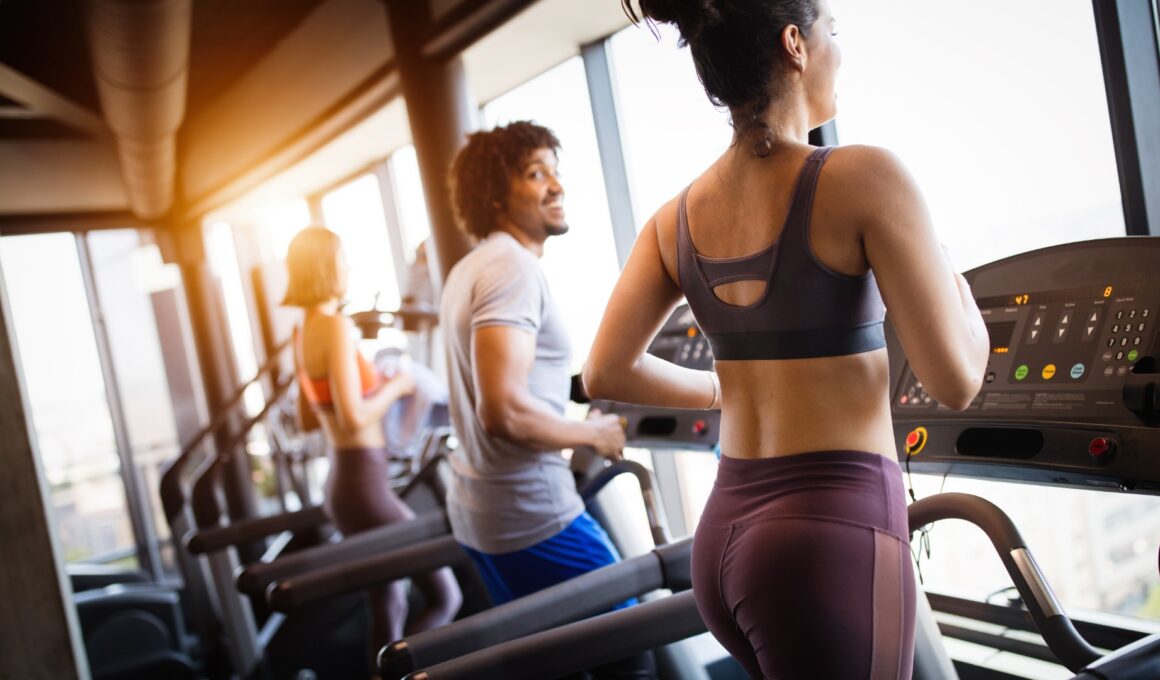You always hear the old adage, “lets go exercise and work up a good sweat” like sweating is a sign that you’ve had a good, productive workout. But what if you exercise and you don’t really sweat during the workout? Was that workout a lost cause? Does it mean you just didn’t exercise long or hard enough for it to be a productive workout? Well let’s examine the facts here and dispel the ever popular myth about just why you sweat and it’s relation to exercise.
Your body is like an engine that never stops running and like all engines, it produces heat. The more your muscles contract, the more heat is produced. If the body didn’t have ways of keeping you cool, you would overheat and collapse within 20 minutes.
The first method is radiation where heat radiates out of the skin if the air around you is cooler than your body. The second method is conduction which is the transfer of heat by direct contact such as swimming in a pool of cold water where the water absorbs your body heat. The third method is convection where moving air cools us down like when you stand in front of a fan or when the wind blows. The last method is evaporation where water from our blood absorbs the heat and rises to the surface of the skin through the sweat glands so it can evaporate creating a cooling effect. In colder conditions, you will not need to sweat as much due to the body using radiation to keep cool. In hotter conditions, sweating is the primary method of keeping cool due to the air being hotter than your body but if there is humidity present, sweat cannot evaporate as well and that’s why you will see sweat dripping off you. Since in these conditions sweat doesn’t evaporate, radiation and convection (remember the moving air?) are used by your body to keep cool.
Everyone has a different sweating pattern. Gender, age, fitness level and environment contribute to how much you sweat. Women seem to sweat less and start to sweat at higher temperatures than men. People tend to sweat less as they grow old and thus cannot take the heat as well as a younger person but declining fitness levels may have something to do with that. In laboratory experiments where both young and old people were of similar fitness levels, there was no notable difference in their sweating process.
If you exercise in an air-conditioned room or outside when it’s a cooler time of year, you will not sweat as much because the cold air evaporates your sweat faster and also sets your body up to use more of the radiation method meaning your body can deal with the heat created by exercise more easily. It does not mean you are not burning as many calories because the intensity and length of time of your exercise is what determines caloric burn, not how much you sweat. You are sweating all the time but you just can’t see it because it is always evaporating.
If it were true that the more you sweat, the more calories you burn during exercise then it would also be true that you would be burning more calories simply sitting in a hot, humid room so as to build up a sweat but this is obviously not the case as the sweat you would be seeing is due only to the conditions of the room not allowing for evaporation for cooling the body.
Exercise produces heat, heat produces calorie expenditure, and you produce the same amount of heat whether exercising in a cold environment or a hot one so just because you don’t sweat as much in the colder environment does not mean your exercise session was less productive.





Excellent article. Concise, clear, and informative!
thank u
Thank u soooo much for this article! I completely agree with the first comment! Easy, clear and very informative!! Thnx again, I feel much better now 🙂
Thank you so much. Very helpful.
I need more information about exercise in cool conditions advantages.
Perfect
That settles it for me!
Got a satisfactory answer. 🙂
Very informative. Concept is clear!
Simply excellent! LOVES THE punch line. If you only burn calories while sweating, you could just sit in a hot room 😀
Ur article just made my day…
A very informative and well-written article. Excellent!
Thank You! Very Useful 🙂
Thanks for the information, nice one.